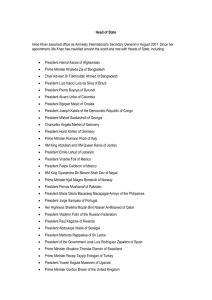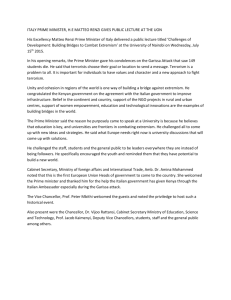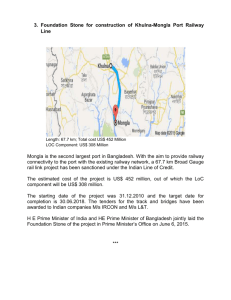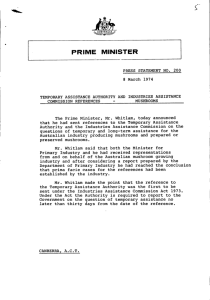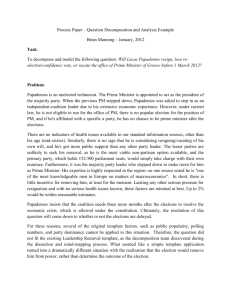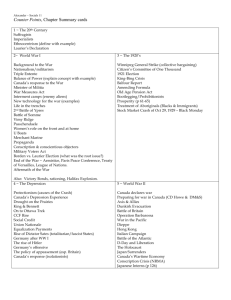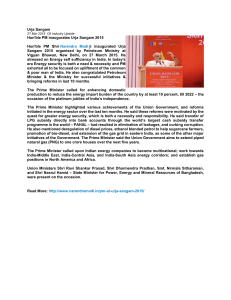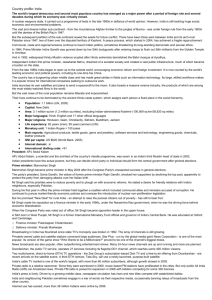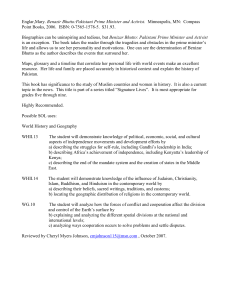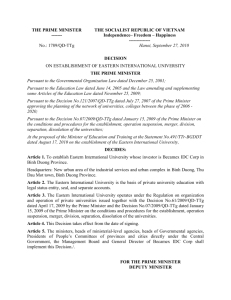How can we get better services for children and adults who present
advertisement
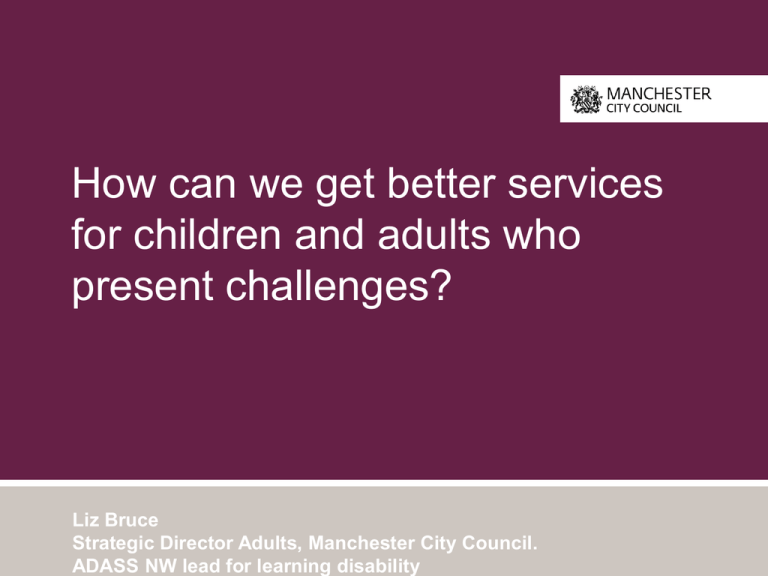
How can we get better services for children and adults who present challenges? Liz Bruce Strategic Director Adults, Manchester City Council. ADASS NW lead for learning disability Why, 10 years after Valuing People is there still a problem? The problem has deep roots. • Devaluation of learning disabled people in our society. • Great progress made towards ordinary lives but bad attitudes and low priority run deep. Defining the problem Slide 2 “The underpinning issue is one of the overall service and system design.” Letter to the Prime Minister . “Whilst the organisations that particularly failed in allowing the abuse at Winterbourne View should be held to account for their failures, (the provider, the regulator and the various commissioners), focusing only on them would be a mistake. The underpinning issue is one of the overall service and system design – hence the need for Government to take a lead. Without the type of actions we suggest below, there is a very real risk of similar things happening again, elsewhere.” No place for hospital care. “There is no place for specialist hospitals in the care of people with learning disabilities (outside of serious forensic issues). There is clear evidence that such hospitals provide poor outcomes, often at very high cost, and that there are better, alternative ways of supporting people that have behaviour labelled as ‘challenging’. There is a place for a small number of local assessment and treatment beds, integrated with other local community services.” Letter to the Prime Minister In the North West we have moved furthest from traditional models of care. Local gaps “People are being placed in services such as Winterbourne View because of: (i) a lack of local services with the skills and resources to deliver supports that are known to work and deliver better outcomes, and/or (ii) because local commissioners lack the knowledge and skills on how to commission local, evidence based and individualised services for people who are labelled as ‘challenging services’.” Letter to the Prime Minister Is regulation the answer? “The regulatory framework is failing to pick up on and reduce the risk of such service failings.” Letter to the Prime Minister We need multiple safeguards •good design and commissioning, •good assessment sand reviewing, •skilled and well supported workforce, •whistle-blowing and complaints taken seriously, •contract monitoring, •independent regulation, •advocacy and the empowerment of learning disabled people and their families. Defining the solution Valuing the expertise of people and their families. “If the voices of people with learning disabilities and their families were heard better, then the risks of such abuse would be greatly reduced” Letter to the Prime Minister Not just voices – but active partnership in the design and monitoring of provision. Some very practical priorities (1) Effective monitoring of 24 hour settings: • Individual reviews coordinated with contract monitoring. • Use of advocates and lay assessors – including learning disabled people and family carers. • Escalation processes to raise issues . • Quality Board in place which has an overview of all complaints, safeguarding incidents or quality concerns. Individual Care Plan Reviews. • Structured reporting and programme of compliance visits undertaken to all services that provide 24 hour care. • Communication with the regulator to ensure effective joint action when needed. Some very practical priorities (2) High quality commissioning •Use the evidence base on what works in challenging behaviour provision: Preventative approach based on understanding needs and providing structured care and support to access opportunities. •Involve learning disabled people and families in planning. •Value and utilise provider experience and know-how. •Ensure buildings are fit for purpose. •Clear commissioning plan based on population need (including disinvestment in poor provision). •Person centred assessment and care management to select among alternatives and design bespoke solutions. •Work across organisational boundaries to ensure a whole system approach. • Children Transition Adults • Social care / Health / Housing / Other resources


